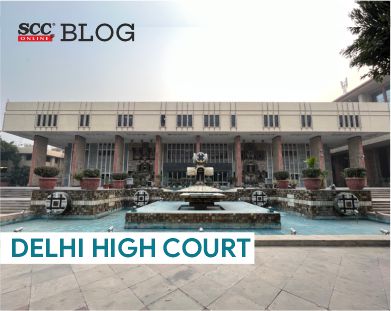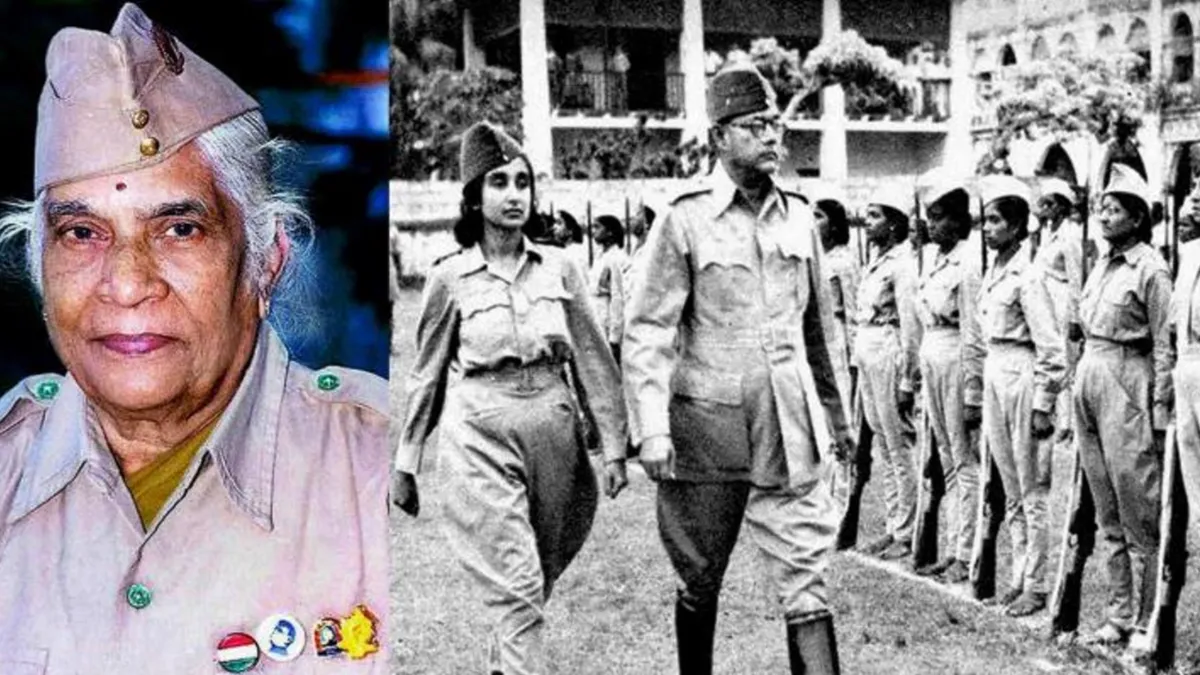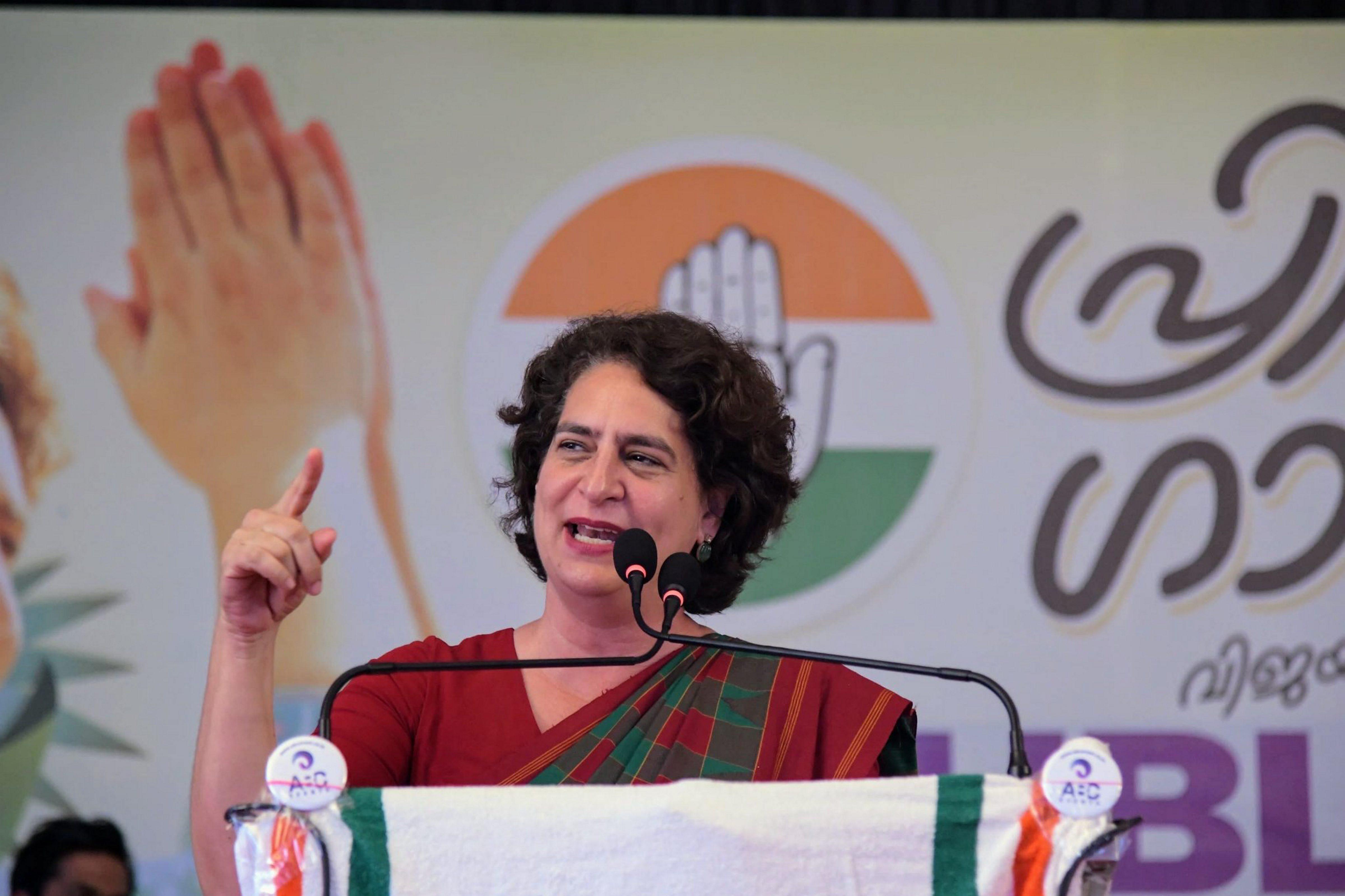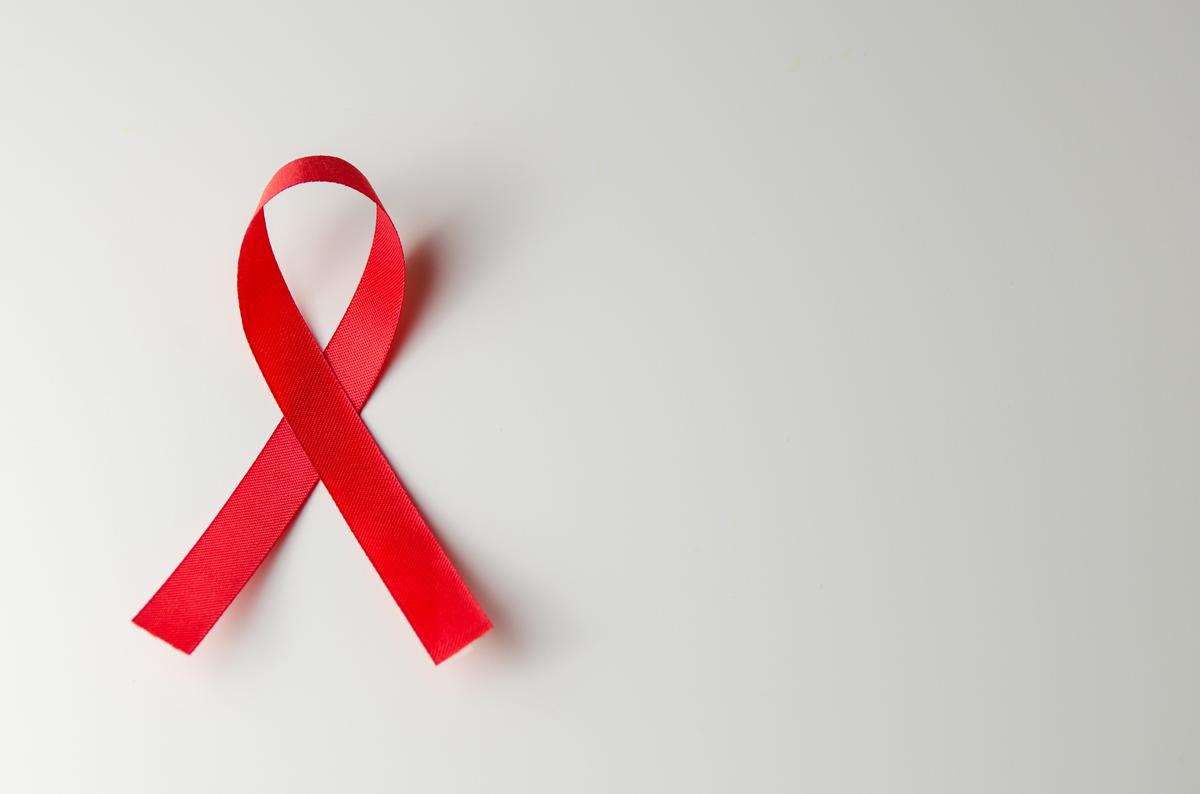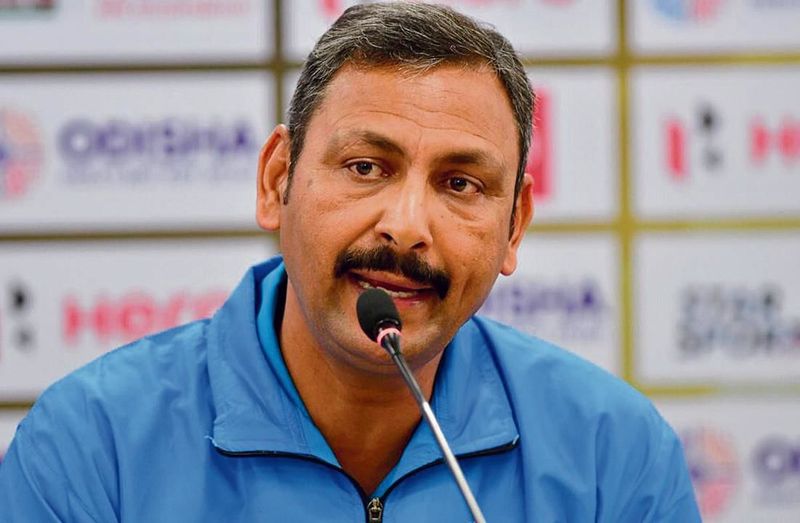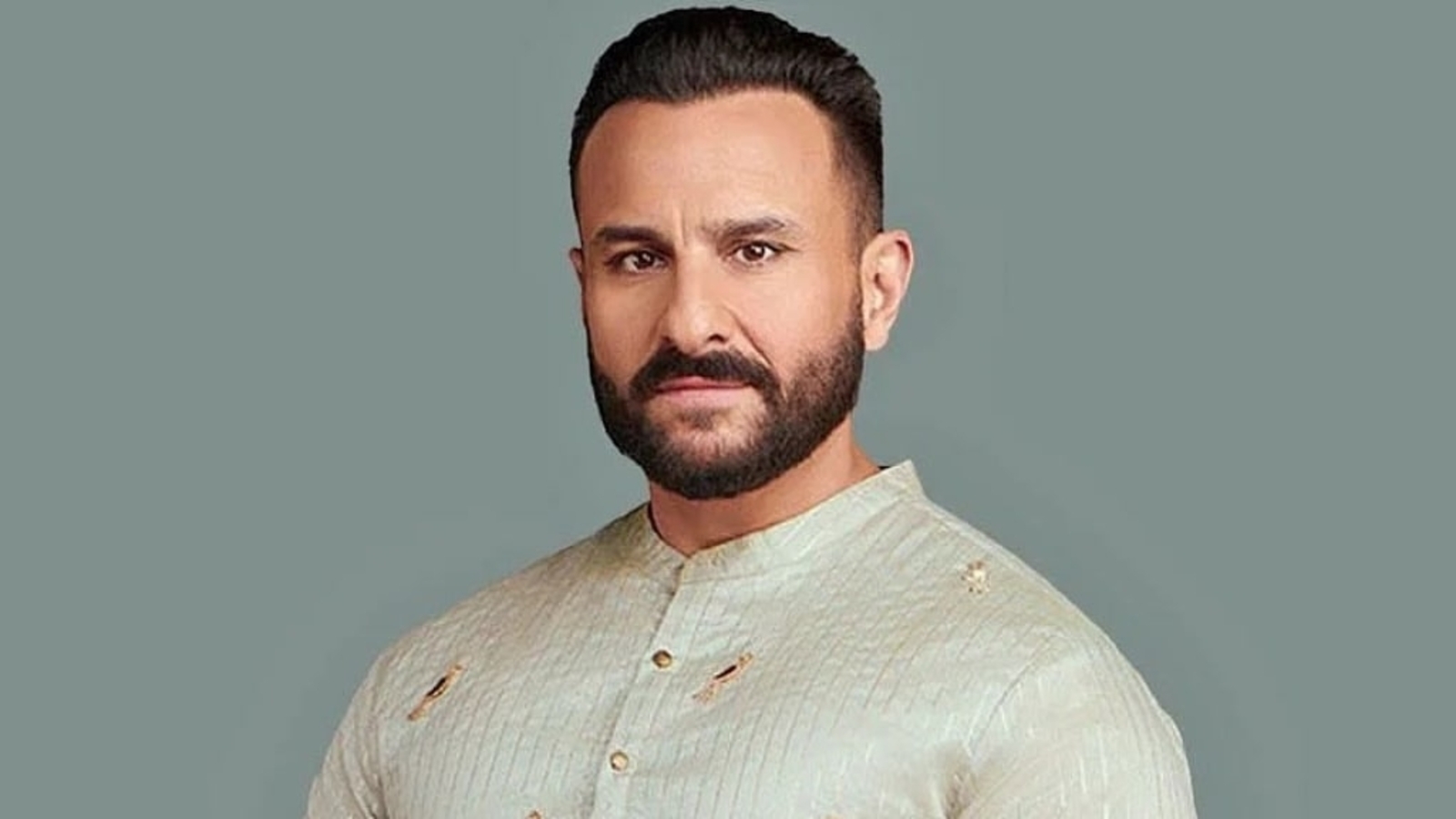Reassessing Reservations in Higher Education: Addressing the Root Causes of Inequality
- bypari rathore
- 02 August, 2025
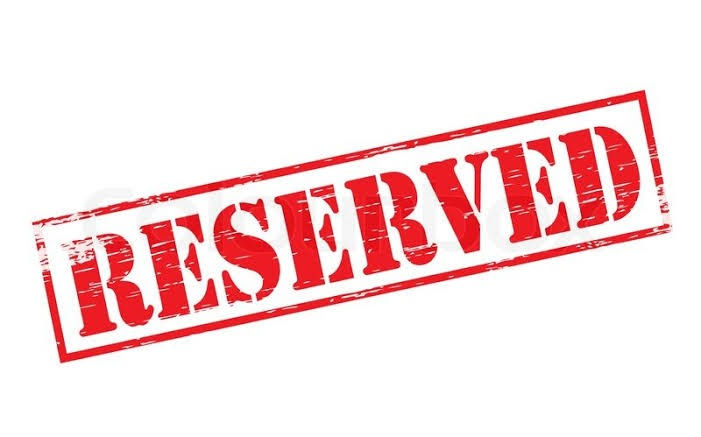
Reassessing Reservations in Higher Education: Start Where the Problem Begins
India’s reservation policy has been a cornerstone of the country’s social justice framework for decades, but the approach to it often seems out of alignment with the real challenges that marginalized communities face. The policy has played a pivotal role in bringing about representation in education and employment for certain sections of society, but today it suffers from a fundamental misdiagnosis.
Instead of addressing the root causes of inequality, India’s current reservation system attempts to rectify the problem at the finish line — college admissions and jobs. While this approach is well-meaning, it fails to deal with the true sources of disparity that begin much earlier in life, namely, in primary education, childhood nutrition, and access to resources. As a result, the system inadvertently perpetuates a cycle of inequality, and what was initially intended as a bridge to social justice ends up creating an illusion of equality, without ever addressing the foundational issues.
The Illusion of Representation at the Finish Line
The reservation system in higher education has been celebrated as a tool to promote representation in elite institutions, offering a pathway for students from backward castes, scheduled tribes, and other marginalized communities to enter universities and professional fields. On the surface, it seems to work — the percentage of students from underprivileged backgrounds in institutions like the Indian Institutes of Technology (IITs) and Indian Institutes of Management (IIMs) has certainly increased over time.
However, this representation is often superficial. It is achieved only in the later stages of education — primarily during admissions to undergraduate and post-graduate courses — and doesn't tackle the underlying challenges that these students face. Those entering these elite institutions through reservations have often faced years of unequal access to quality education, basic resources, and even adequate nutrition during their formative years. The barriers are set up long before the race to higher education even begins.
The Real Barriers: Early Childhood and Primary Education
The focus needs to shift to where the problem truly begins: early childhood and primary education. For most children in marginalized communities, the school system remains an inaccessible space due to poor infrastructure, inadequate teaching quality, and social biases. The disparity in early education severely hampers a child’s development, creating a gap that becomes increasingly difficult to bridge as they progress through the education system.
The concept of “starting from the same line” — where all children have access to quality education from an early age — is essential for any meaningful change in higher education representation. For the most part, children from privileged backgrounds begin their educational journey with private schooling, better nutrition, access to tutors, and a far more supportive home environment. On the other hand, marginalized children often face overcrowded classrooms, outdated textbooks, lack of basic amenities like clean water and toilets, and insufficient access to technology or extracurricular activities.
By the time these children reach the point of applying for college admissions, the playing field has already been tilted in favor of their more privileged peers. The inequality they experience in primary education follows them, making it difficult to compete on an even footing despite reservations in higher education.
The Need for Policy Reorientation
If India’s reservation policy is to be effective in achieving genuine social justice, it must go beyond the finish line of college admissions and look at the starting line of education. The solution does not lie in expanding quotas for higher education but in overhauling the primary education system to ensure that children from all backgrounds have the same opportunities from the beginning. This means investing in infrastructure, improving the quality of education, and ensuring that children from marginalized communities have access to resources that give them a fighting chance before they even reach secondary school, let alone higher education.
Policy reforms should focus on:
Improving access to quality primary and secondary education in rural and underprivileged areas.
Increasing government spending on school infrastructure and teacher training, especially in remote areas.
Ensuring nutrition and healthcare for all children, as well-being plays a critical role in cognitive development.
Bridging the digital divide, so that children from disadvantaged communities have access to learning tools and technology that are increasingly essential in today’s education system.
A Holistic Approach to Equality
The goal of reservation was to provide equal opportunities to disadvantaged sections of society, but the gap in access to education, resources, and opportunities begins much earlier in a child’s life. Unless we address the systemic issues that affect children’s early development, no amount of reservation in higher education will result in the kind of equitable society we seek to build.
A holistic approach — starting from universal access to quality primary education to ensuring support for students as they transition into higher education — is essential. The focus must shift from merely correcting the outcomes at the finish line to leveling the playing field at the starting line. Only then can we expect the reservation system to truly fulfill its promise of creating a fairer, more just society.
Conclusion
The conversation around reservation in higher education needs a serious overhaul. While quotas have helped provide opportunities for many, they remain a patchwork solution to a much deeper, systemic issue. To achieve genuine social equality, we must focus on addressing the barriers at the beginning of the education process. Only through transforming primary education can we ensure that all children, regardless of their background, have the same opportunities and can compete fairly in higher education and beyond.
India’s reservation policy can be a vital tool for justice, but it must be part of a broader strategy to reform the entire education system — from childhood to university. The problem begins at the start line; the solution must start there too.
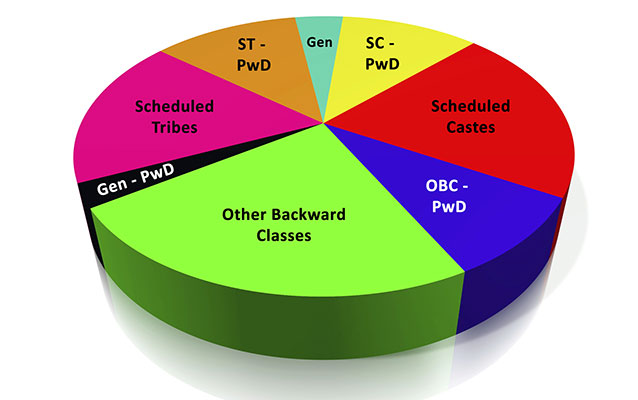
Note: Content and images are for informational use only. For any concerns, contact us at info@rajasthaninews.com.
"हाईकोर्ट ने प्राइव...
Related Post
Hot Categories
Recent News
Daily Newsletter
Get all the top stories from Blogs to keep track.



